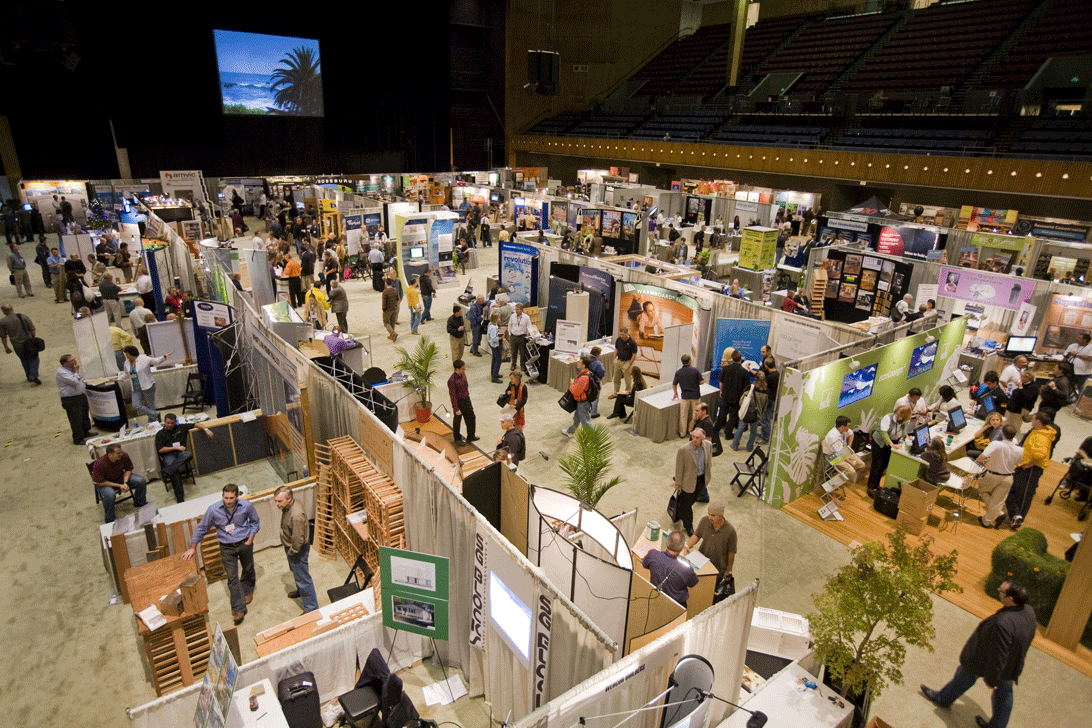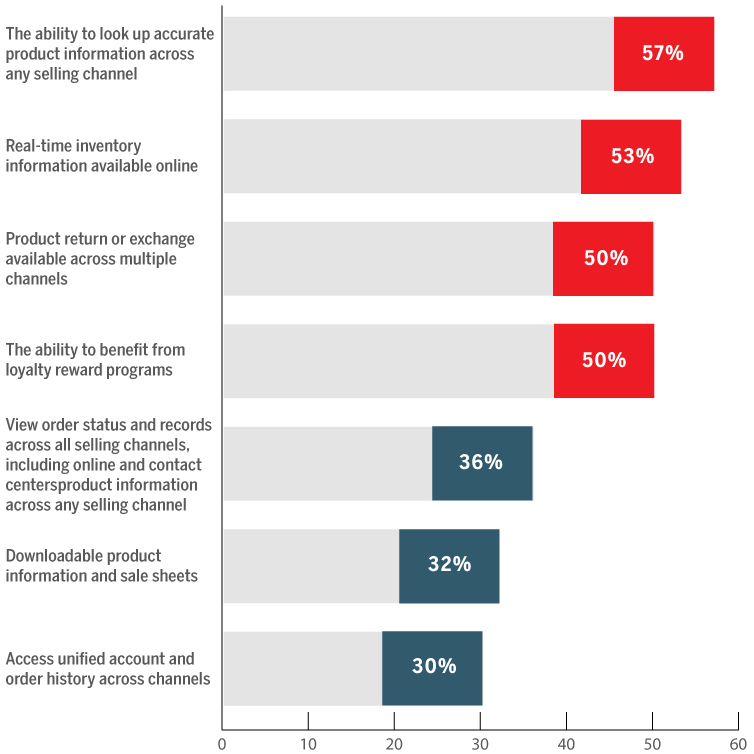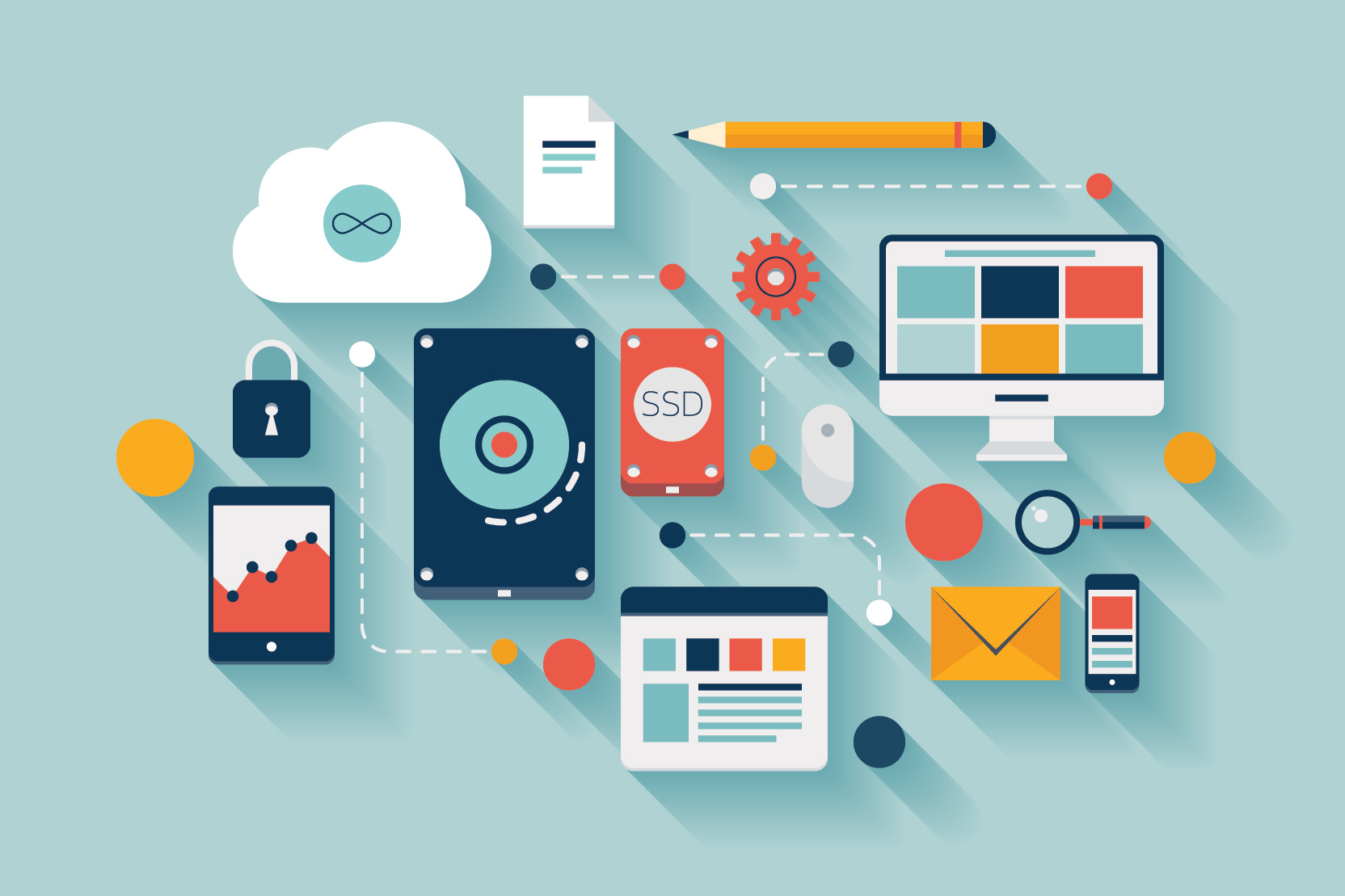![]()
Author: Mohammad Ali
Technology is being developed at a rapid pace and many established methods are being changed by it in accomplishing tasks and completing projects. The excellent examples of areas seeing these changes and innovations are the print and design industries. Both large and small print business owners are encouraged to educate themselves, to remain competitive and profitable on the latest developments in their industries software and machine features are in particular. high-speed digital printing on demand, three-dimensional printing, hybrid print processes and the increased efficiency of digital print workflows are included by some recent print technology innovations worth noting. DPS World 2016 is focused exhibition on Digital Printing which will held in Pakistan from 23rd August to 25th August 2016.
Digital Inkjet Printing’s developments
There is an industry standard of offset printing since long, but a steady drop has been seen in its market demand due to the longer workflow times and lack of cost-effectiveness of it’s process. Due to the faster, more reliable and of higher quality commercial inkjet printers, offset print presses are quickly being replaced by these machines. There is capability of rendering text at up to 4,000 words per minute and speeds for images and graphics are not far behind.
Digital print technology is not being only much faster but designs can also be rendered by it that are much more intricate than those which can be accomplished by rent professionals in the recent past. On the same project varying surface finishes can now be printed. With more realistic depth three-dimensional graphic designs can now be printed. Designers are allowed by these creative possibilities to put together eye-catching projects with fewer limitations than they would have found with offset printing.
3D Printing’s Rise
Printing is no longer confined to flat sheets of paper and to rendering three-dimensional objects from raw material the same mechanical processes can now be applied. Significant attention has been caught by this innovation within the print and design industries, and notes have been taken by many print business owners of the creative as well as the manufacturing possibilities. Replacement appliance and machine parts are now being rendered as a service in some print companies where this would not have been conceived by their owners in the past. The potential for innovations is present in the larger scale commercial 3D printing in the trade show exhibit specialty field. With the increase in demand of visually unique display booths there is a great position of design companies that utilize 3D printing for booth pieces for this type of exhibitor clientele to be drawn by them.
Innovations of Software in Print Business
Now a wider range of features and tools is there in graphic design software for print projects through which easier workflows, better file compatibility and more collaboration between designers in different geographic locations are allowed. Three-dimensional tools are now included by new design software suites through which parts and objects can be created by designers without the need for extensive engineering knowledge.
With more cost-effective methods, even two-dimensional printed projects can now be completed thanks to the greater flexibility of modern design software. There is a steady decline in the need for film media and offset print machines as with software workflows more of the same results can be accomplished electronically. For new users, in the beginning the learning curve of these design suites may be somewhat steeper, but benefits are being seen by the print company owners who invest in them in terms of higher project quality in less time.
Hybrid Print Technologies
Despite the technological innovation being so fast, there is no need for print and design businesses to switch to purely digital processes overnight. Thanks to computer-to-print-plate automation both digital and offset processes can instead be integrated by them. By this process the user is allowed to send finished image files to electronic plates that are able to recognize them with the use of similar technologies as in desktop scanners. More complex print projects can also be accommodated hybrid processes due to improvements in these print plates with many different colors and finishes. This field is being helped by these print industry innovations along with digital printing, software improvements and 3D developments so that changing 21st-century demands can be met by them.
For more details, SignUp Now on Tradekey















